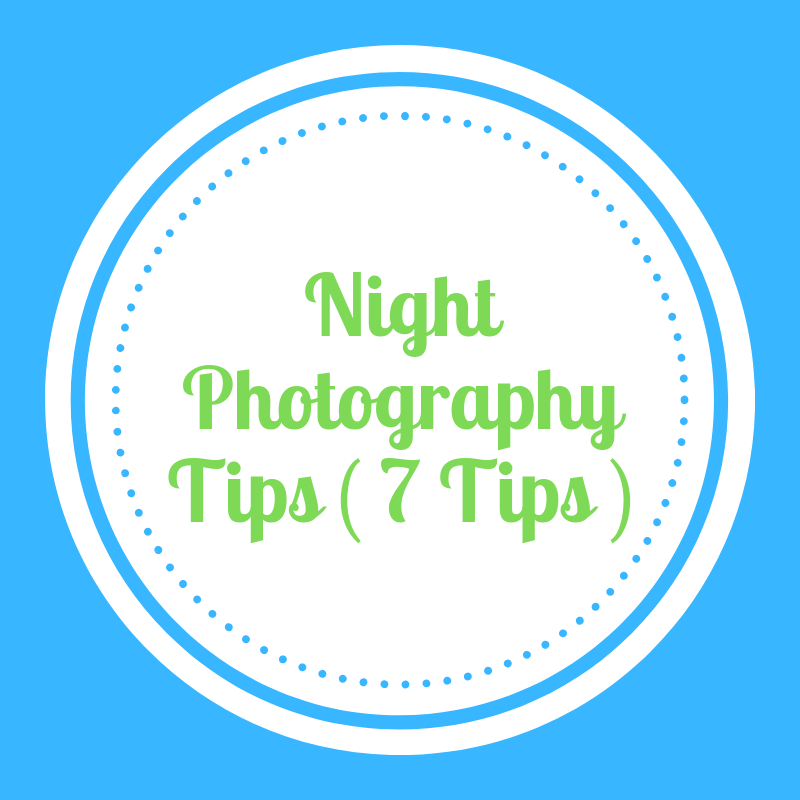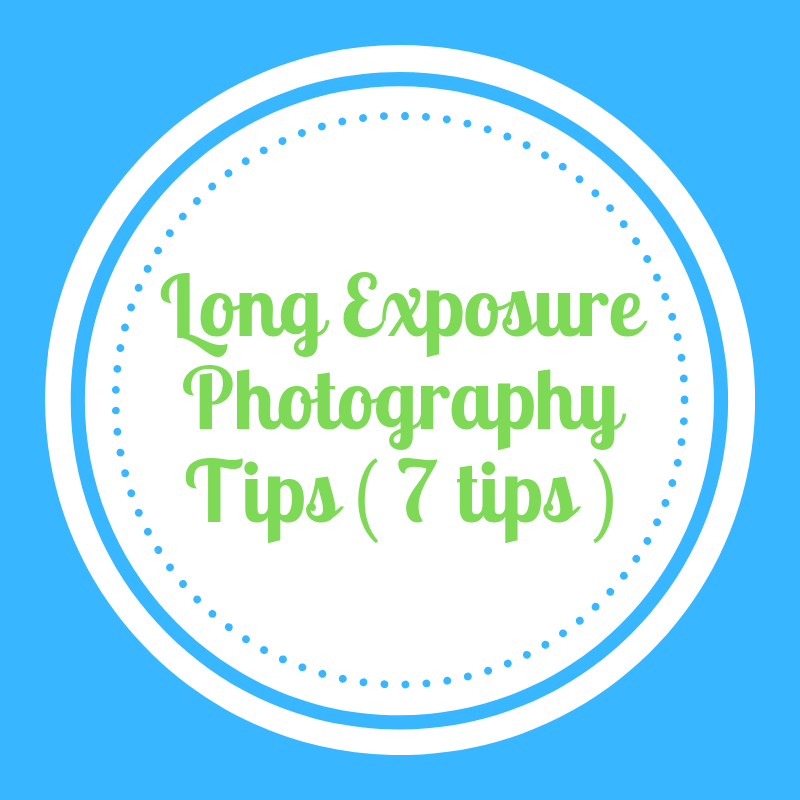
While Bangkok ( Read Bangkok’s 10 Best Museums ) is famed for its skyscrapers, shopping malls, and nightlife it wouldn’t be wise to say that there aren’t any outdoor spaces for recreation in the city. The best outdoor activities in the city usually involve getting into the beautiful green spaces that are scattered around the city.
Lumphini Park
Lumphini Park is a large park in the middle of Bangkok. This park is for someone who wants to escape the hustle and bustle of daily life. This park is named after Lumbini, the birthplace of Buddha in modern day Nepal. People of all ages are found in this park. This park is also popular with morning and evening joggers. Some unique creatures like water monitor lizards are also found in this park.
Hours: 4.30 am to 9 pm daily
Address: 139/4 Thanon Witthayu, Khwaeng Lumphini, Khet Pathum
Wan, Krung Thep Maha Nakhon 10330, Thailand
How to get there: You can take BTS to Sala Daeng BTS Station and then take a taxi. Another way is to directly take a taxi or a tuk-tuk from your hotel.
Benjakiti Park
Benjakiti Park is a park located in central Bangkok next to the Queen
Sirikit National Convention Center. This park is a quiet area in the midst
of the high rises in the Sukhumvit area. Cycling is one activity you can do in the Benjakiti Park.
Hours: 5 am to 9 pm daily
Address: Bangkok 10110, Thailand
How to get there: You can take BTS to Asok Station and then walk for a few minutes from there.
Dusit Zoo
Located in the heart of Bangkok, Dusit Zoo is considered one of the most visited zoos in Thailand. Built in 1938, Dusit Zoo is home to an array of animals ranging from elephants to giraffes. White Bengal Tiger is one of the star attraction in the Dusit Zoo.
Website: http://www.zoothailand.org/
Hours: 8 am to 6 pm daily
Address: 71 Rama V Rd. Khwaeng Dusit, Khet Dusit, Bangkok 10300, Thailand
How to get there: Take BTS To Victory Monument and then take a taxi to Zoo
Bangkok Safari World
This park is an awesome Safari Park in Bangkok. The park is divided into two parks one is the Safari Park and another is the Marine Park. This park is a huge favorite for Thai’s as well as tourist who want to spend a day away from the hustle and bustle of the city.
Website: http://www.safariworld.com
Hours: 9 am to 5 pm daily, Approximate Cost: 800 Baht
Address: 99 Thanon Panya Intra, Khwaeng Sam Wa Tawan Tok, Khet Khlong Sam Wa, Bangkok 10510, Thailand
How to get there: You can take a taxi from your hotel.
Flow House
Flow House Bangkok is an amazing urban beach club in the heart of Bangkok that brings a cool beachside vibe to the city.
Website: http://flowhouse.com/location/bangkok-thailand/
Hours: 11 am to 10 pm daily, Approximate Cost: 750 baht per hour
Address: 120/1 Sukhumvit Road, Sukhumvit 26, Klongton Khlong Toei, Bangkok 10110, Thailand
How to get there: You can take a taxi from your hotel.
Bangkok on a Tuk Tuk
Riding on a Tuk Tuk is an amazing experience you can have in Bangkok. It is always good to take a tuk-tuk during traffic hours because it helps you to save a few dollars. This is because you can negotiate the price before you embark on your journey in a tuk-tuk. But taxi prices are driven by the meter and often times during the traffic hours the taxi price may increase far more than your budget. Riding on a tuk-tuk during the night is also a pleasant experience.
Bike Tour Of Bangkok
Taking a bike tour can also be a unique experience while you are in Bangkok. Bike lovers can take an adventure bike tour package from a bike tour operator.
Explore Bangkok’s Canals
Bangkok is also known as the Venice of the East. Exploring Bangkok Canals is another way to get a different experience. You can hire a private boat from the Chao Phraya River and explore the canals.
Damnoen Saduak Floating Market
Damnoen Saduak Floating market is one of the most popular floating markets in Thailand. Floating markets are a unique way of shopping in Thailand.
Hours: 8 AM – 5 PM, Sat & Sun, 9AM-6PM, Mon-Fri
Address: Damnoen Saduak, Damnoen Saduak District, Ratchaburi
70130, Thailand
How to get there: You can take the help of a tour operator
Subscribe To Our Newsletter Here







